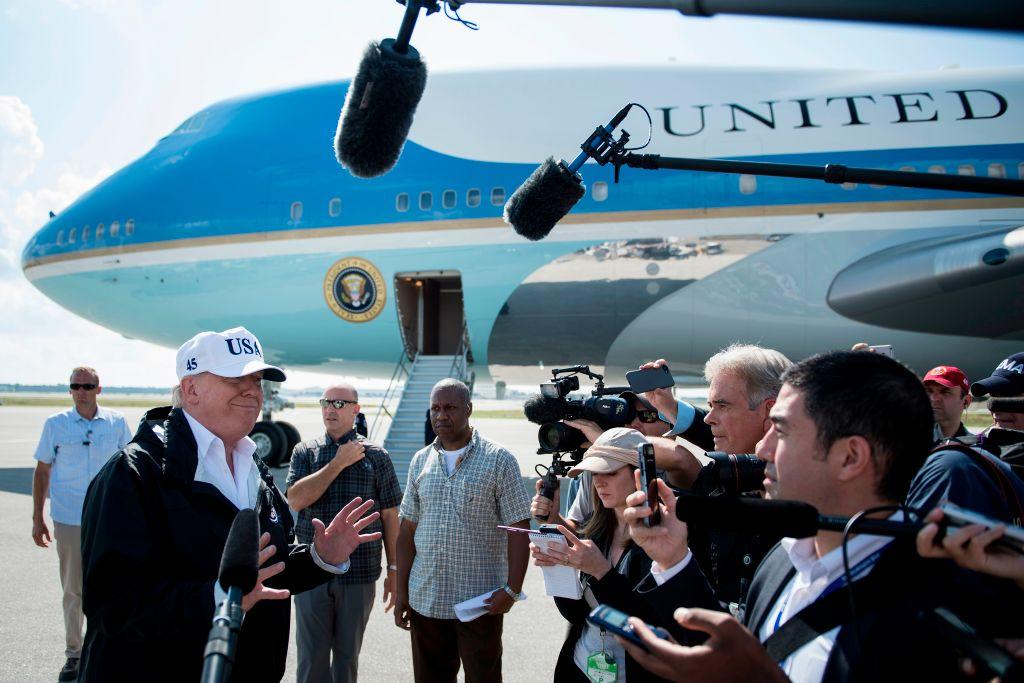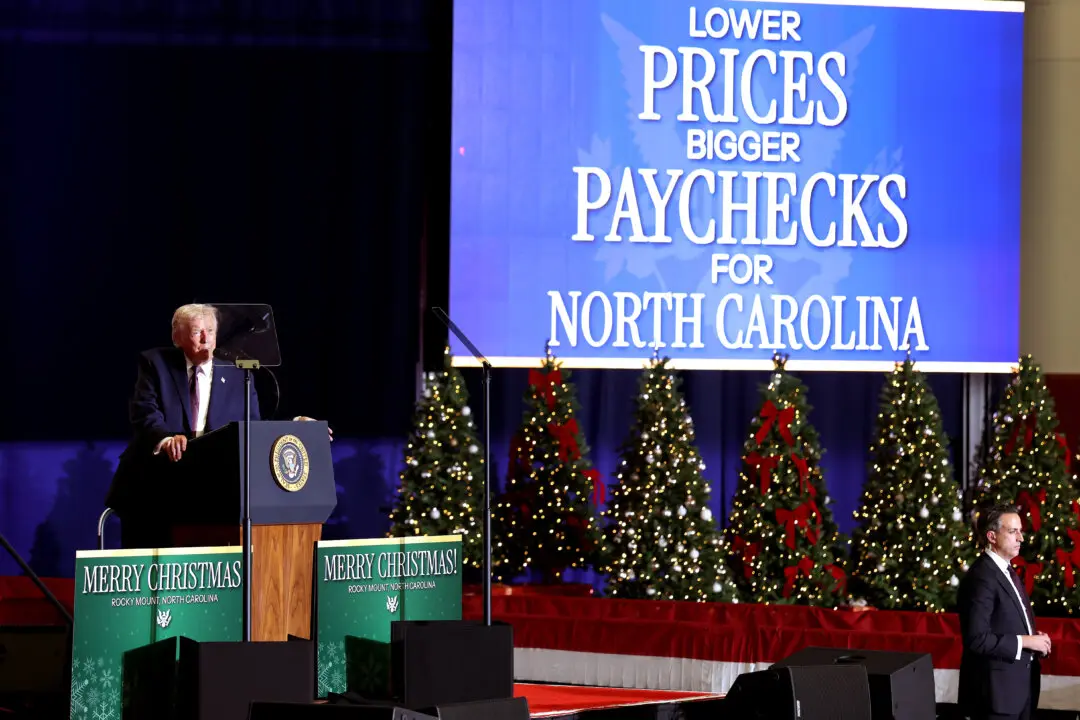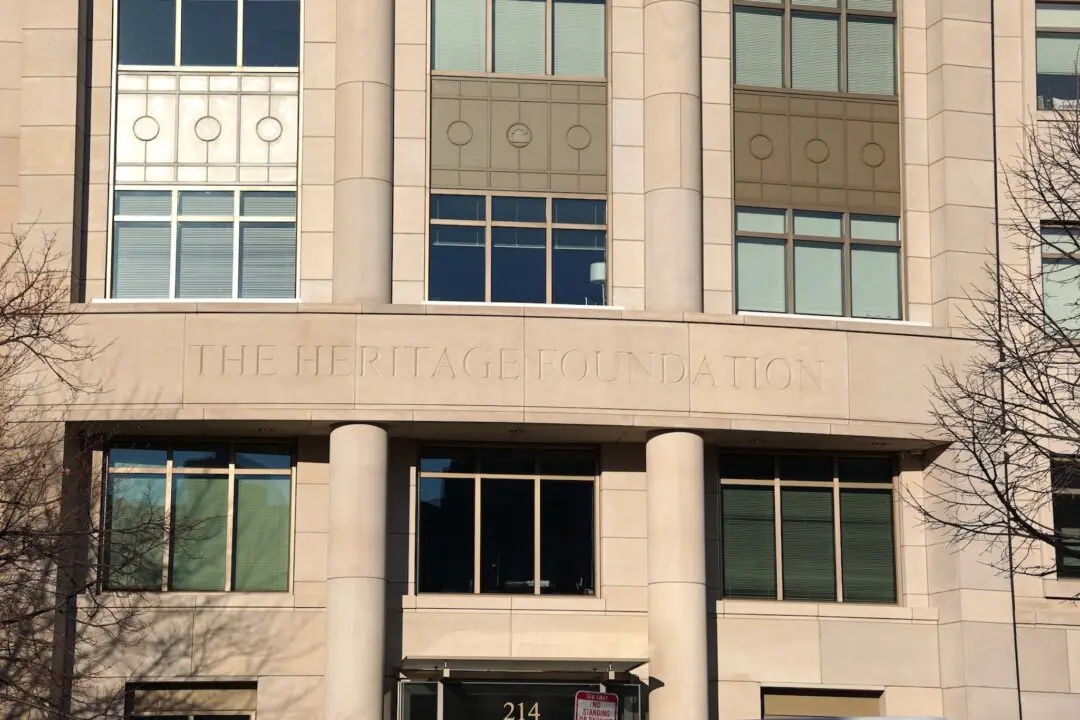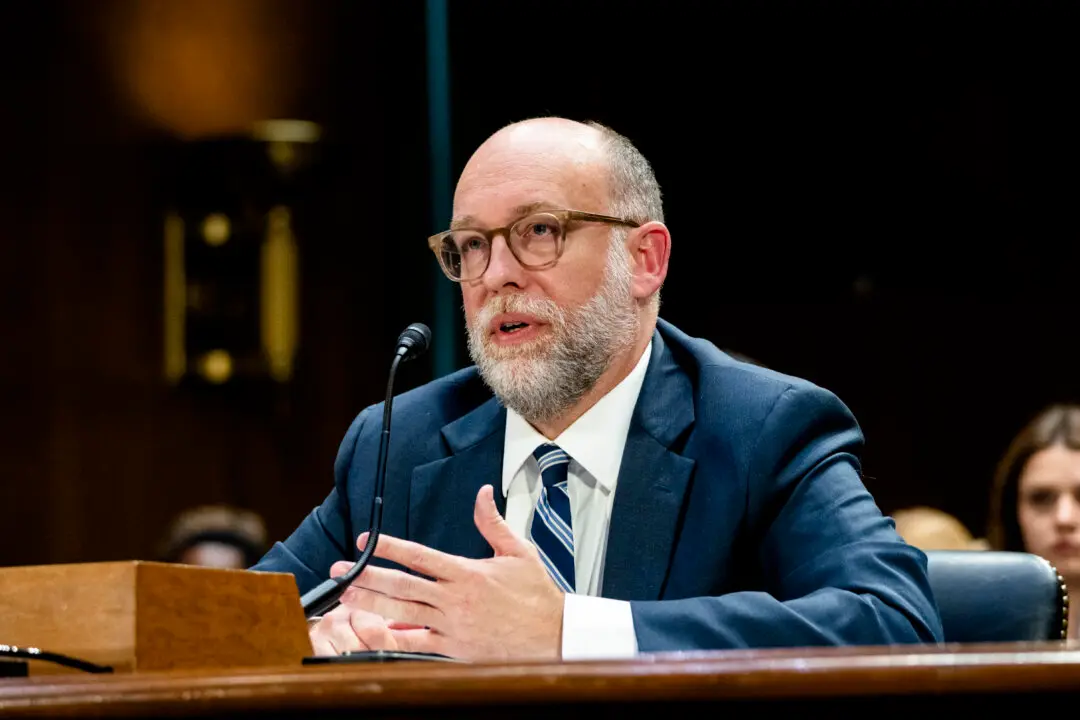Opponents of tax reform argue that the tax cuts will mainly benefit wealthy Americans, rather than the ones who need it the most. However, President Donald Trump said he prefers a plan that favors the middle class and focuses on bringing back American companies and jobs.
“The wealthiest Americans are not my priority. My priority are people in the middle class and that’s where we’re giving the big tax reduction to,” he told reporters in Fort Myers, Florida on Sept. 14.





